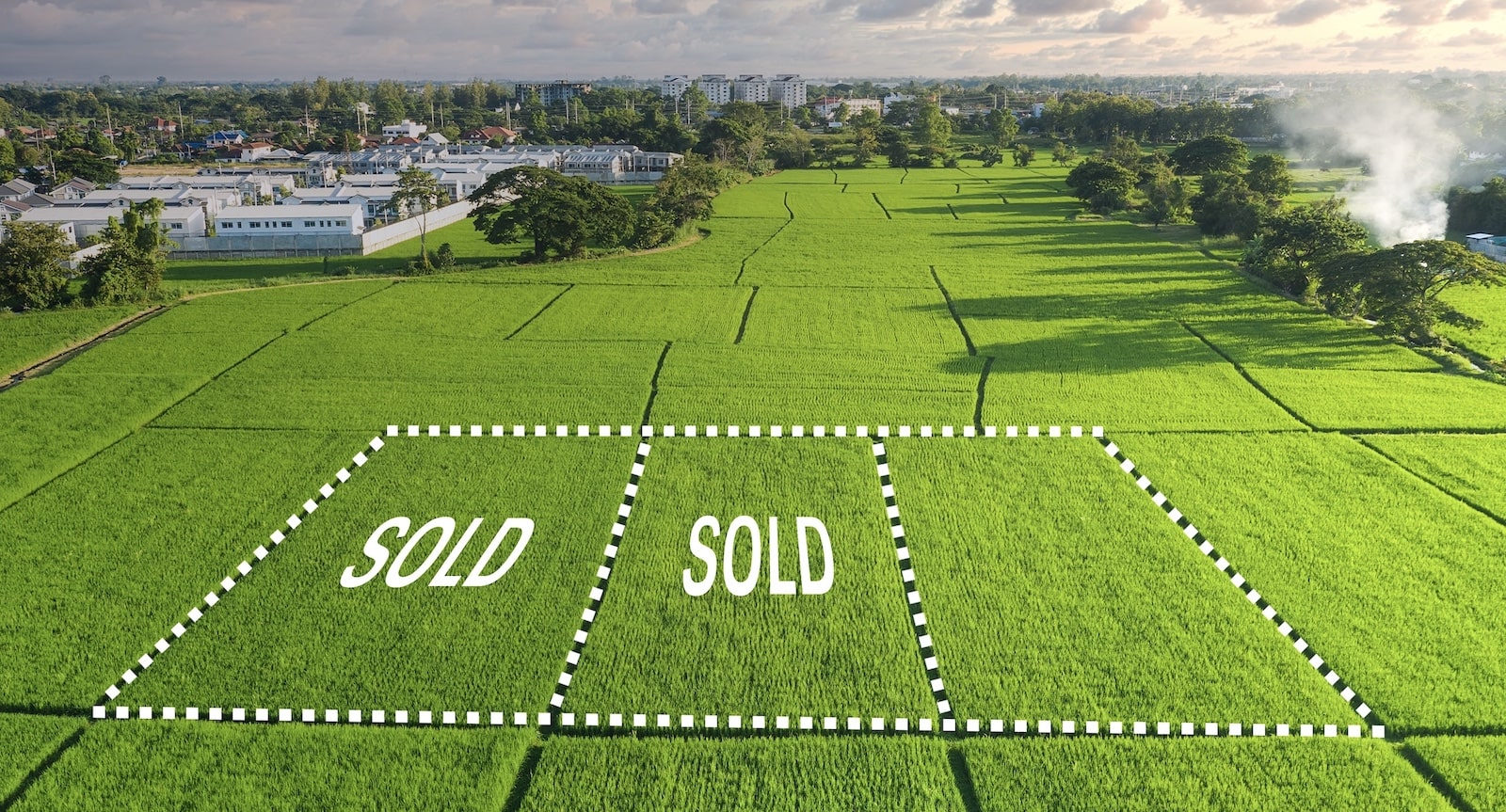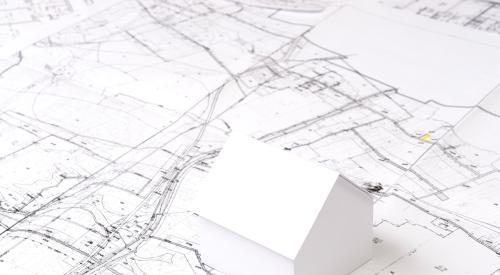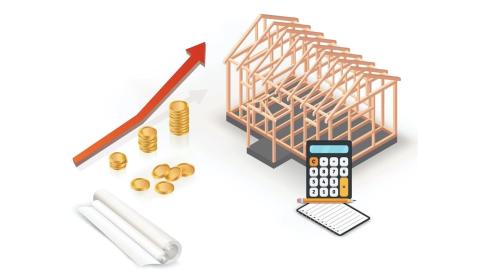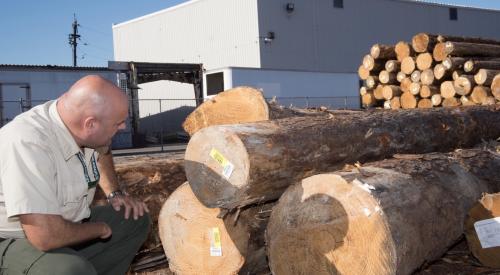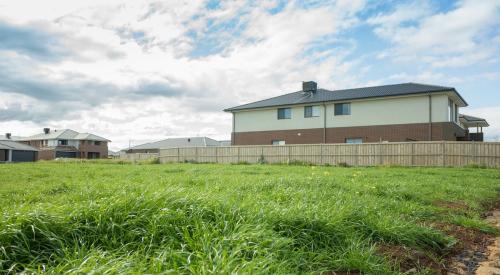After a year of soaring lumber prices and challenges finding experienced labor, home builders now are contending with record-high lot prices.
The values of lots for single-family detached (SFD) homes started in 2020 surged 18% to a record-high median lot price of $53,000, according to National Association of Home Builders' analysis of the Census Bureau’s Survey of Construction data.
As a result, lot values are approaching the record levels seen during the housing boom of 2005-2006, when half of available lots were selling for more than $43,000, or roughly $55,000 when adjusted for inflation.
New England has the nation’s most expensive lots, with values of more than $120,000 reported for about half of all single-family detached (SFD) spec homes started in 2020. New England almost always has the most expensive lots in the country, in part because of strict local zoning regulations that discourage high-density development.
RELATED
- Why Builders Wait to See Lower Lumber Prices
- Labor Shortage Survey: Who's Leading? Where's the Solution?
- The Housing Market's Two Biggest Challenges
- Builders Turn Away Business Amid Supply, Labor Constraints
The Pacific region is the second most expensive, with a median lot value of $103,000 in 2020—a new nominal record. The Pacific region also has the smallest lots, which make them the most expensive per acre.
The Mountain region also set a new record, with roughly half of the lots priced at or above $73,000.
The West South Central area posted the fastest lot value appreciation, with the median lot price rising 20% to $60,000. Just eight years ago, half of the SFD lots were going for $30,000 or less.
This analysis is limited to the reported sales price of single-family detached, spec-built homes. Custom-built homes are excluded from the analysis, as land values for custom homes built on the owner’s land—with either the owner or a builder acting as the general contractor—are not reported in the Survey of Construction.
Construction Costs Climbing at Record Pace
Building material prices for residential construction increased 19.4% over the past 12 months and 13% year-to-date, according to the latest Producer Price Index (PPI) report released by the Bureau of Labor Statistics.
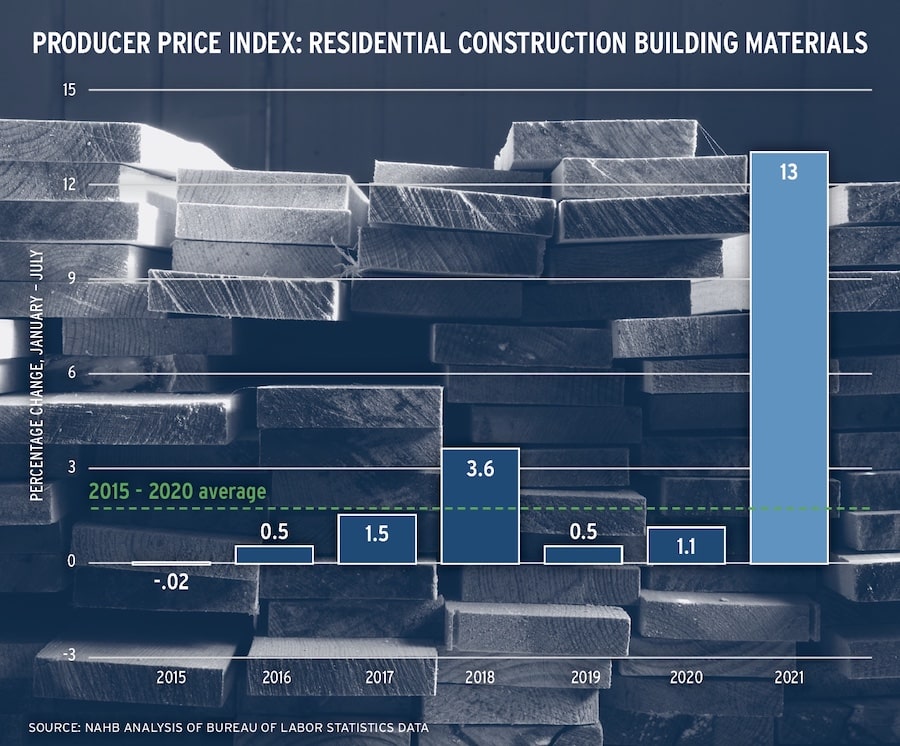
Prices paid for residential construction materials, excluding energy, rose 0.2% in July after climbing 3% in June (not seasonally adjusted). Steel mill product prices climbed 10.8% in July, following a 6.2% increase in June. The PPI for softwood lumber (seasonally adjusted) decreased 29% in July—the largest monthly decline since tracking the series began in 1947. Prices paid for gypsum products such as drywall increased 2.5% in July and are up 15.8% year-to-date, while the price of ready-mix concrete was unchanged in July (seasonally adjusted) after increasing 1.1% in June.
